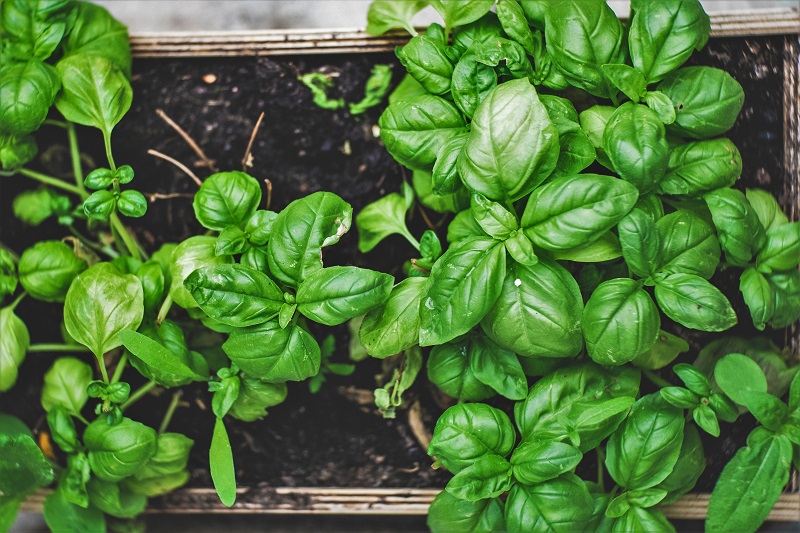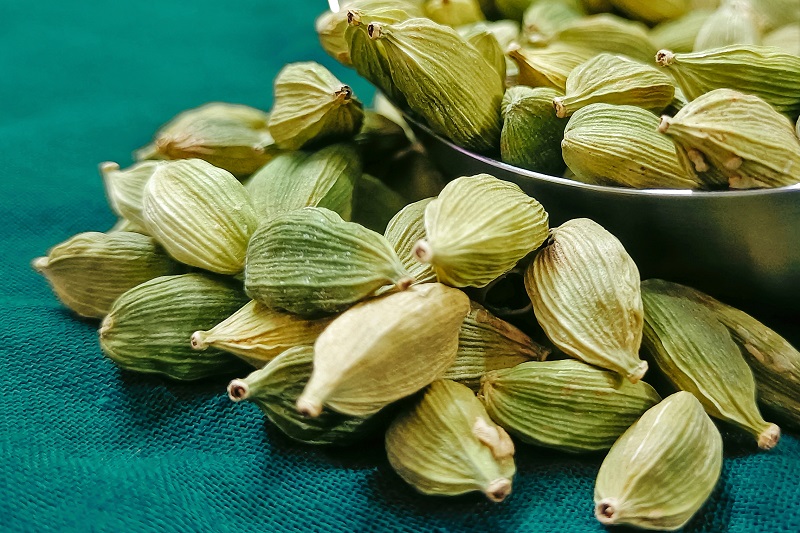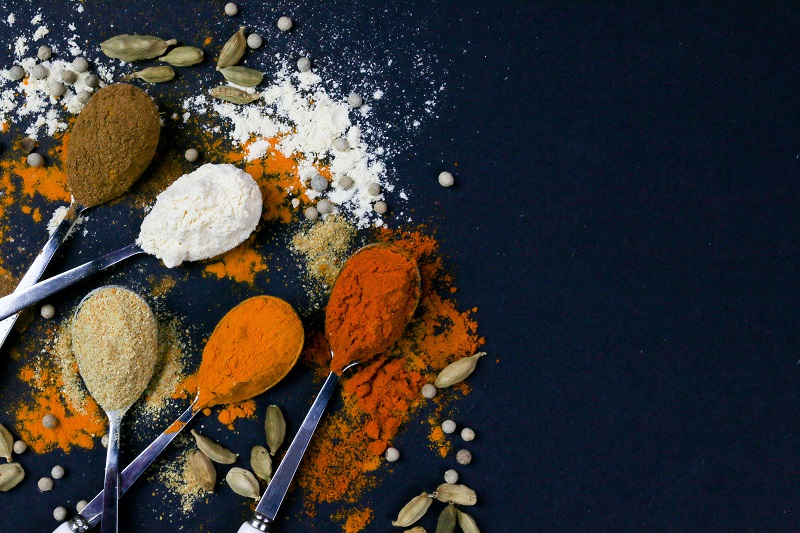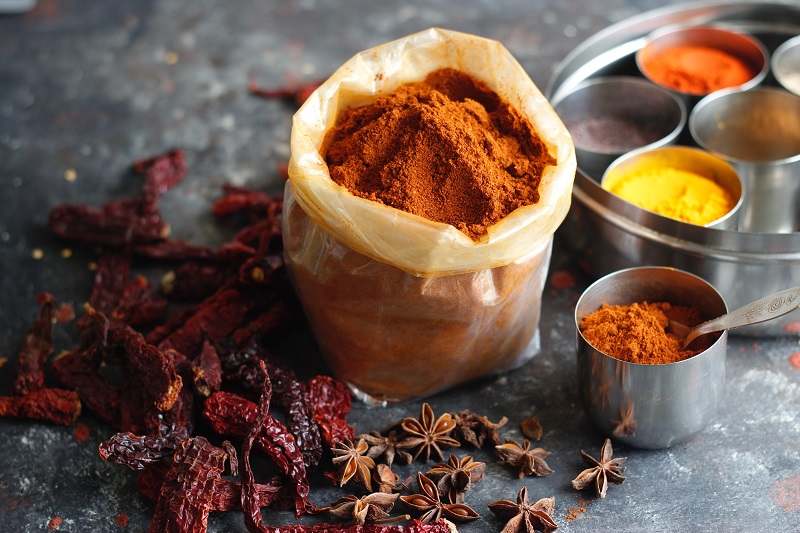A low histamine diet often ends up leaving certain flavor gaps in one’s meals, especially sour and umami notes. You can make up some of these with substitutes, but for the most part, if you didn’t cook with herbs and spices before, you’re going to want to learn how to now. Learning how to use these 11 low histamine herbs and spices will not only enliven your kitchen experience, but also add delicious flavor to each dish you make.
In the future I hope to recommend a recipe in which to use each of the low histamine spices and herbs, but for right now they’re in alphabetical order and all sources are linked!

Basil: All types of basil are helpful, but Holy Basil, also called tulsi, is thought to have the most strongly antihistamine properties, amongst many others.
Black Cumin : Alternatively known as Black Seed or nigella sativa, black cumin has a rich, earthy flavor which adds an antihistamine quality and a nice level of complexity to stir-fries, curries, and sauces.
Cardamom: This is probably one of the most important spices for making flavorful low histamine desserts, as it adds a complex florality that’s impossible to achieve otherwise.

Cilantro: While some people perceive cilantro as having a soap-like flavor, if you can handle it, fresh cilantro is a great herb to help with effective detox, especially protecting the liver and improving insulin resistance. Usually you can find bunches of fresh cilantro at the supermarket, as it’s common in Latin American and most South & Southeast Asian cuisine. One way to cut the soapy undertones is to cut the cilantro very fine and cook it, but this extra heat does also cut the health benefits.
Ginger: Ginger is one of the few spices which blend as seamlessly into sweet dishes as into savory ones. The root’s sharp flavor is often described as sweet, but when muddled with raw garlic, it makes for a wonderful savory base for soups and stews, well-complemented by a smattering of chopped cilantro.

Lemongrass: This is one of my favorite low histamine herbs to use in both cooking dinner and making blended low histamine drinks. If you’ve never cooked with lemongrass, I suggest you visit a higher-end Asian market to buy a small container of frozen organic lemongrass; alternatively, buy a bunch of fresh lemongrass and make a paste to freeze yourself. Lemongrass is pretty self-descriptive (lemony + grassy), except that it’s more like a citronella type of lemon flavor, so it reminds some people of insect repellant, but I promise that it does blend beautifully into sauces.
Oregano: For those still new to cooking with spices, oregano may seem to give a very Italian flavor to dishes. You may be able to use this to your advantage in soups, sauces, and other dishes which may have called for tomatoes and eggplant, using spices like oregano to create more familiar flavors in dishes. On top of all that, oregano has strongly antimicrobial and antibacterial properties, so it’s great for anyone with stomach troubles, though overdoing it could cause the reverse issue if it kills off an overgrowth too quickly.
Rosemary: Most people think of rosemary as having a mildly citrusy, resin-like flavor, pairing it often with red meats and other deeply savory foods, like garlic, olive oil, and even red wine. This unique flavor is thanks to its concentration of eucalyptol, responsible for its piney flavor. You can use rosemary in a similar way, dressing up your side dishes to pair better with any mains, especially if cooking low histamine vegan.

Sage: Sage is probably unknown in many parts of the world, but in the US it’s commonly paired with sweet potatoes & butter, and even sprinkled onto pasta. But sage pairs very well, much like rosemary, with any type of root vegetable or meat, and is best used fresh rather than dry thanks to its very mild, earthy flavor.
Spearmint: While there are dozens of types of mint out there, spearmint is both one of the easiest to find as well as being very easy to grow and more versatile & mild than it’s better-known cousin, peppermint. Spearmint is popular in Mediterranean, Southeast Asia, and North African dishes, many of which can be easily adjusted for the low histamine diet.
Turmeric: Often referred to in Asia as ‘curcumin,’ the latter is actually the name of the active chemical in turmeric which gives it its characteristic yellow color and strongly antioxidant properties. Although turmeric is most popular in South Asian cooking, it’s now easily available around the world. If you choose to cook with low histamine spices, turmeric is a great addition, as it adds a strong yellow color & a strong earthy flavor to dishes, but doesn’t need to be used in large quantities for you to reap the benefits.

*BONUS* Garlic: Along with shallots, chives, green onions, all members of the allium family have varying levels of sulforaphane, which makes them off-diet for anyone with sulfate issues, but a great antioxidant food for the rest of us. Add as many types of fresh garlics & onions to your diet as you can handle, as they add a wonderful umami flavor to dishes, as well as supporting your glutathione reserves.


